HTC Vive Focus 3 review: The future of VR is here
This smart and stylish headset is a leap forward for the technology
-
+
Supremely comfortable
-
+
Swappable battery
-
+
Impressive performance and display
-
+
Robust enterprise management features
-
-
Expensive

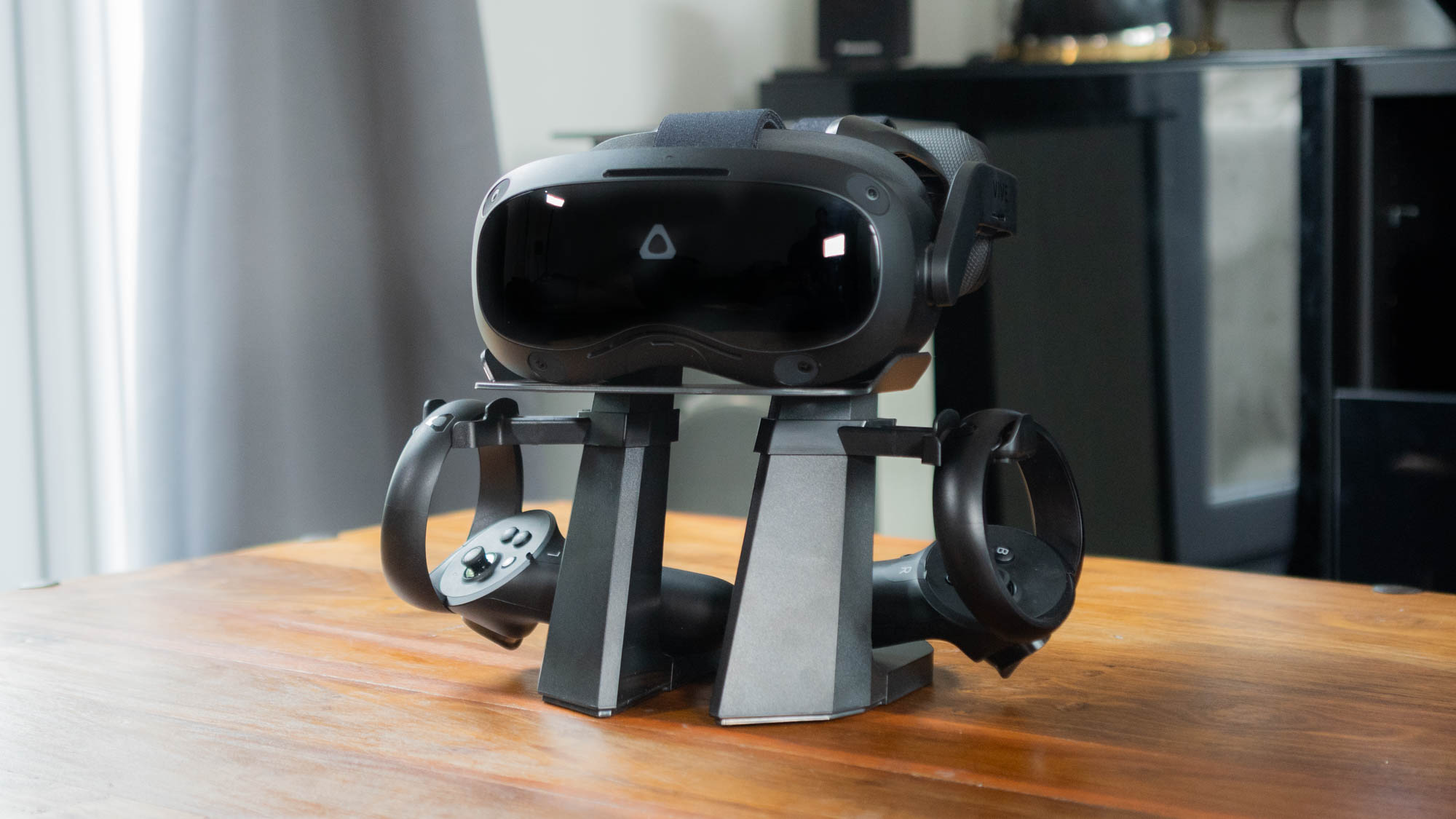
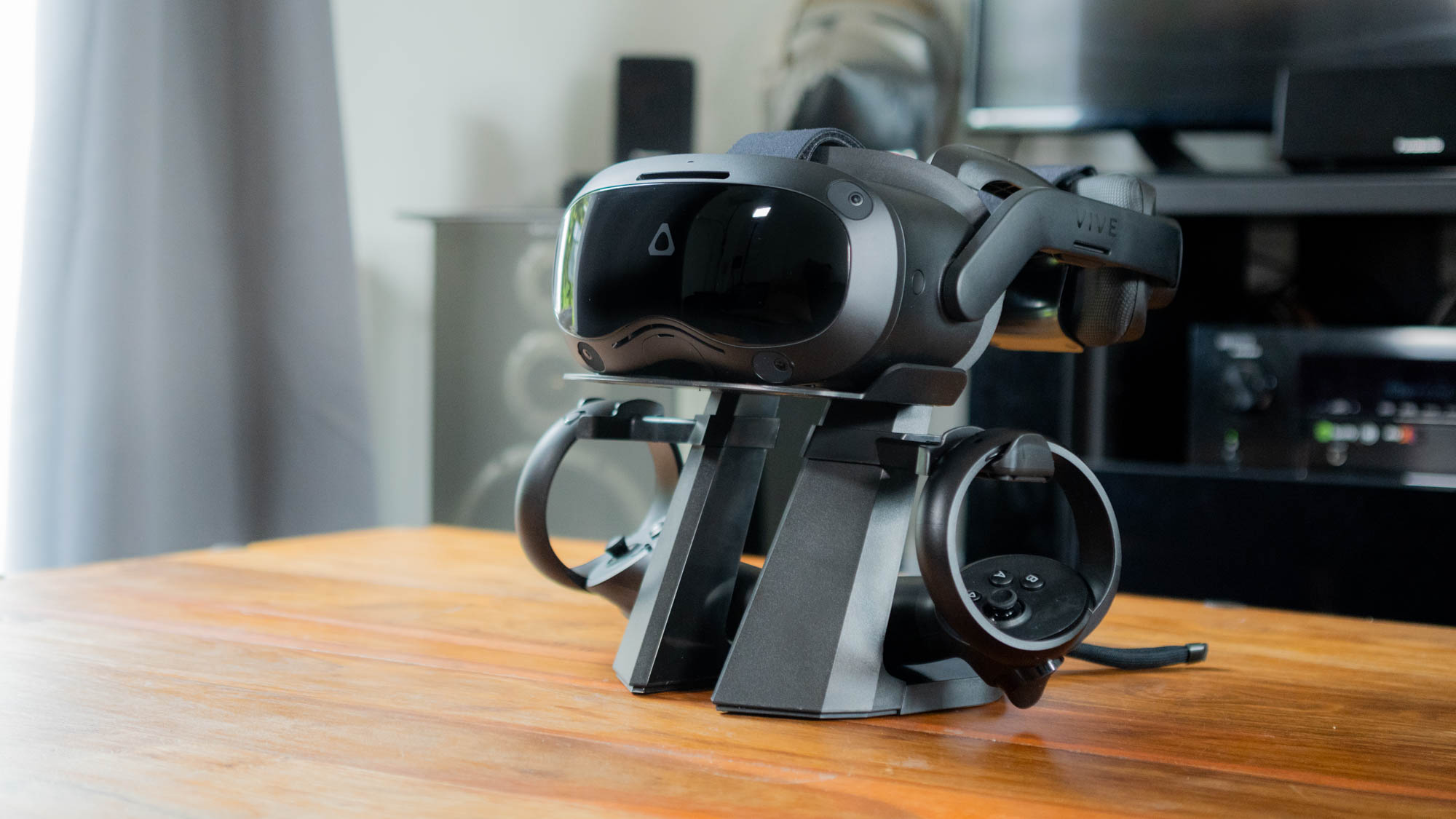
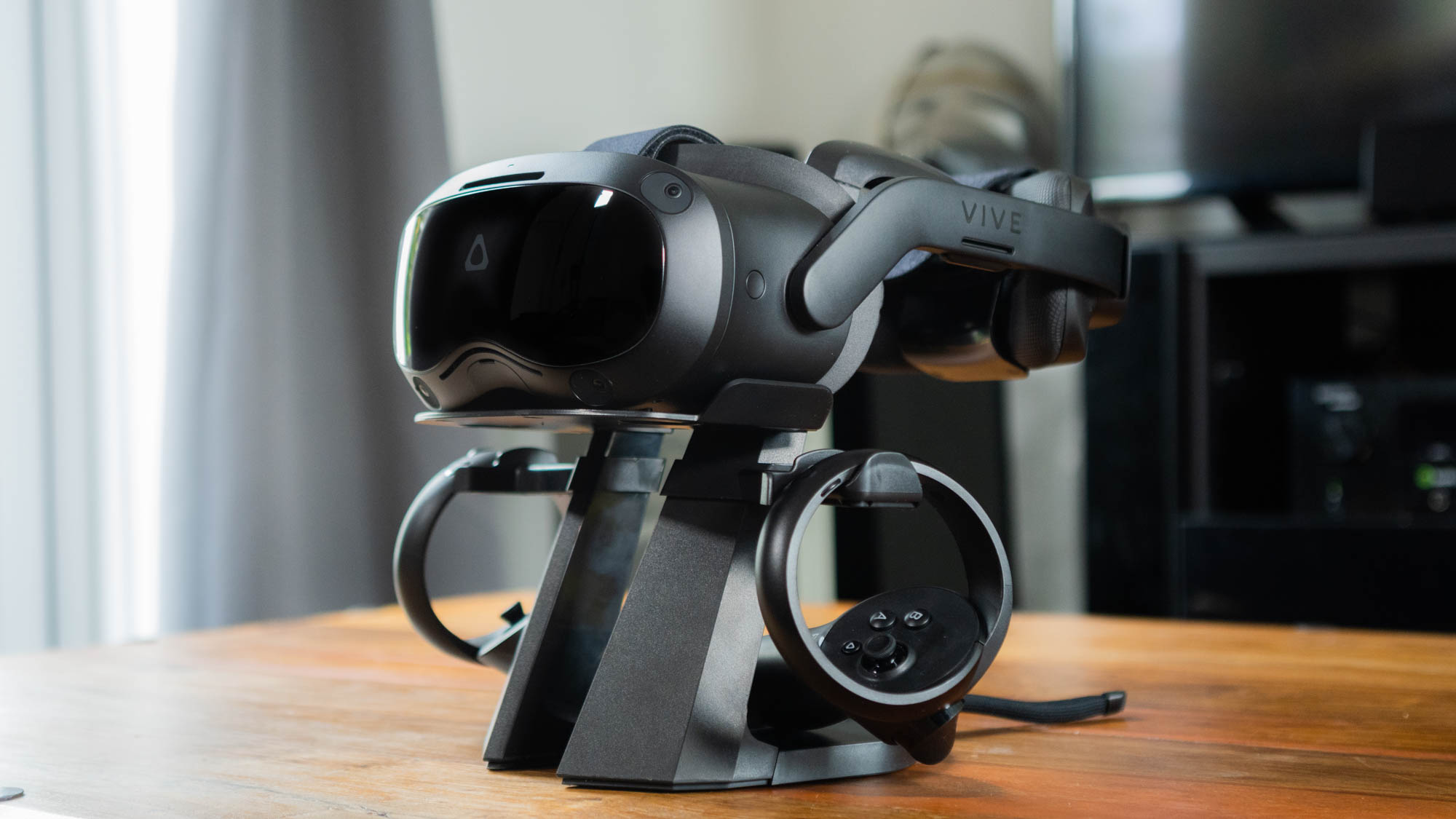
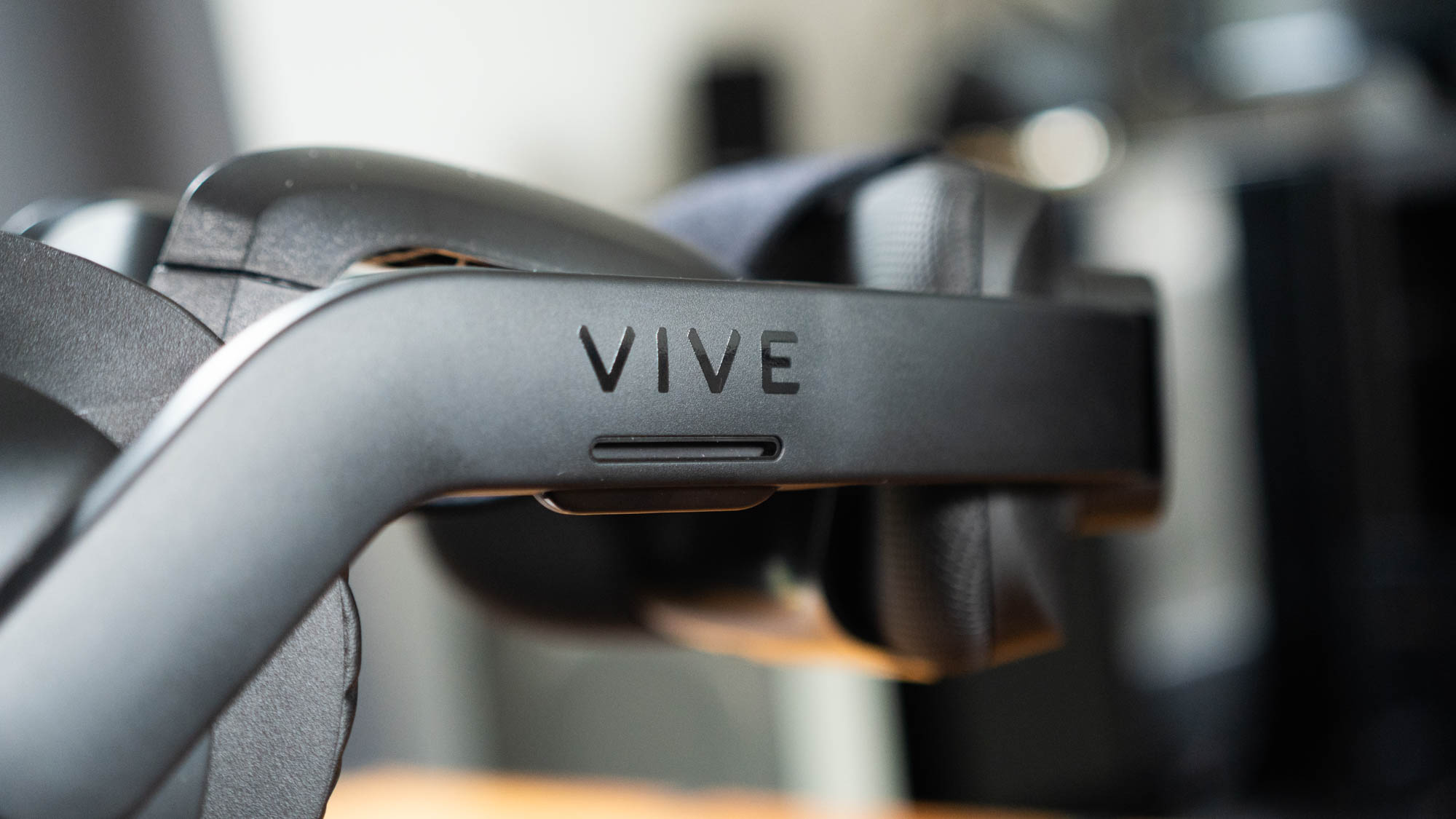
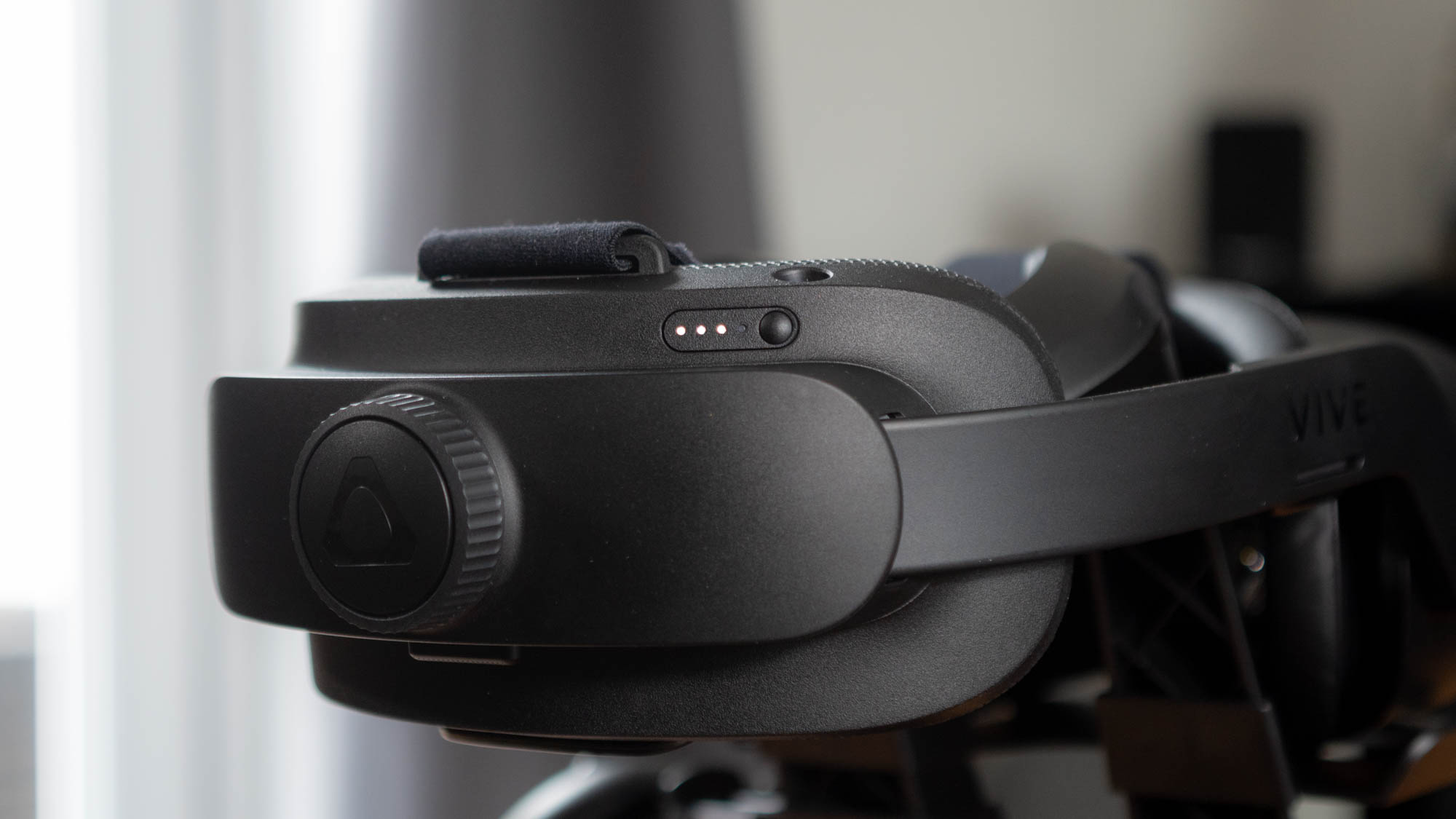
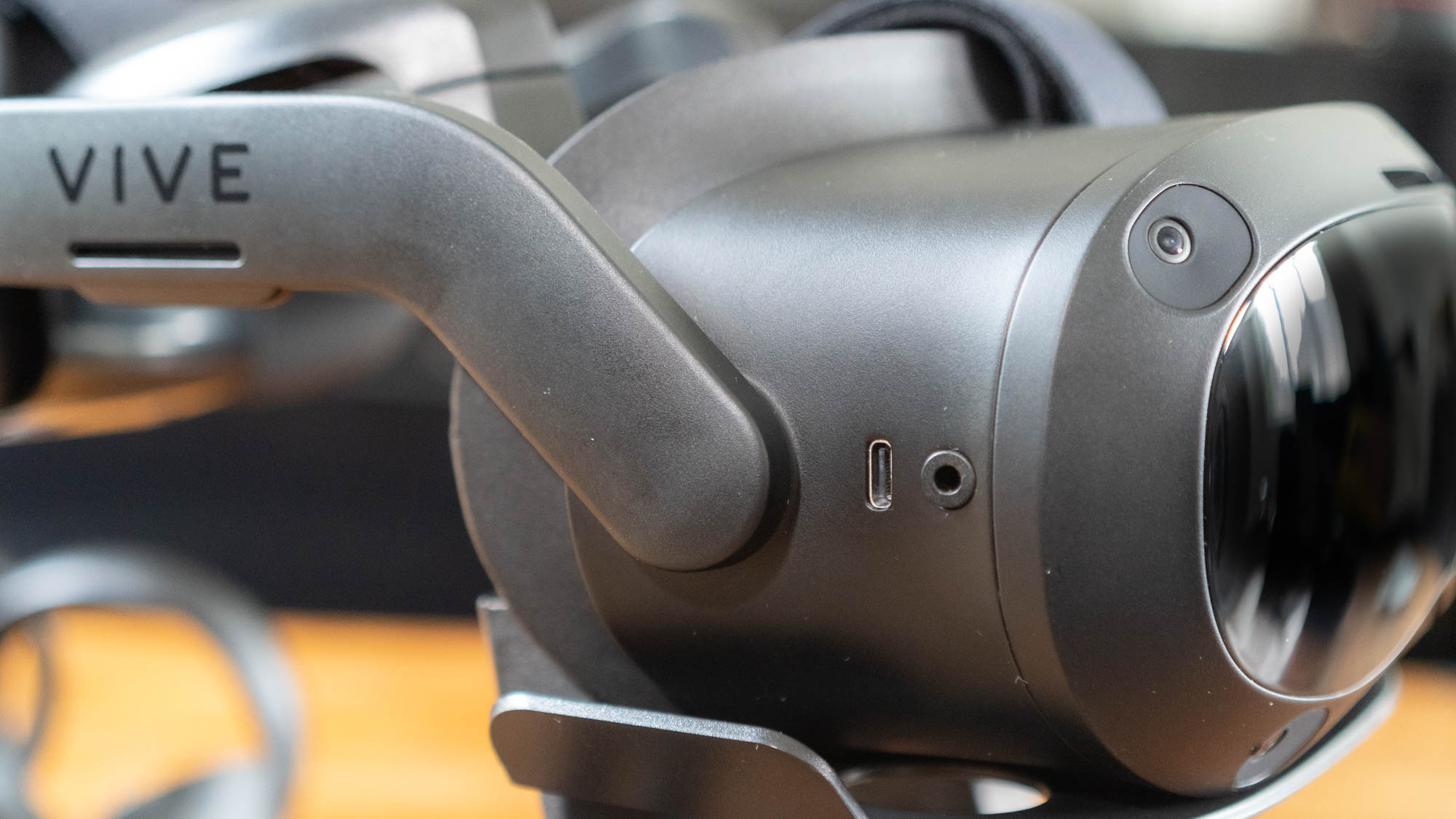
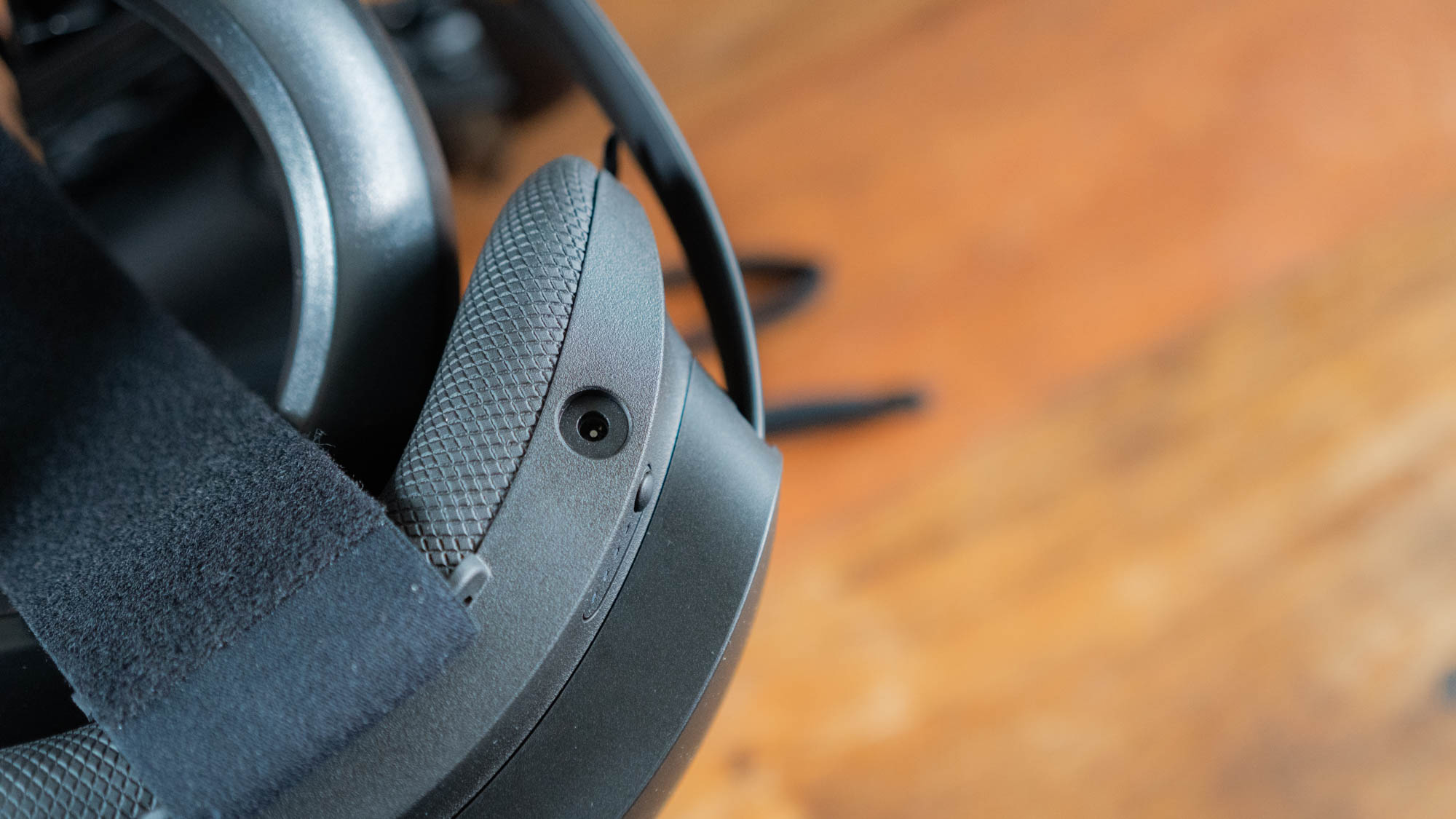

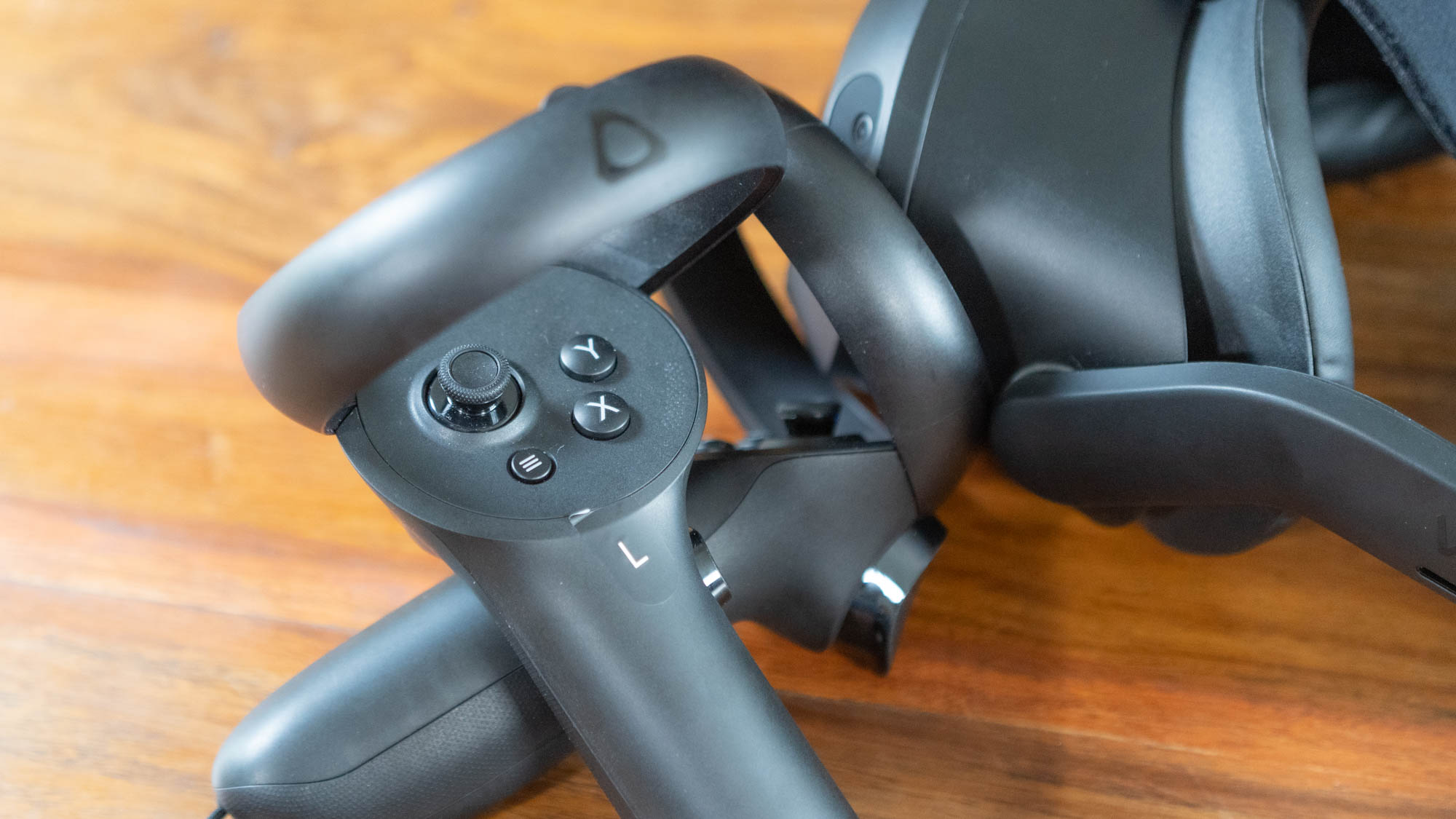
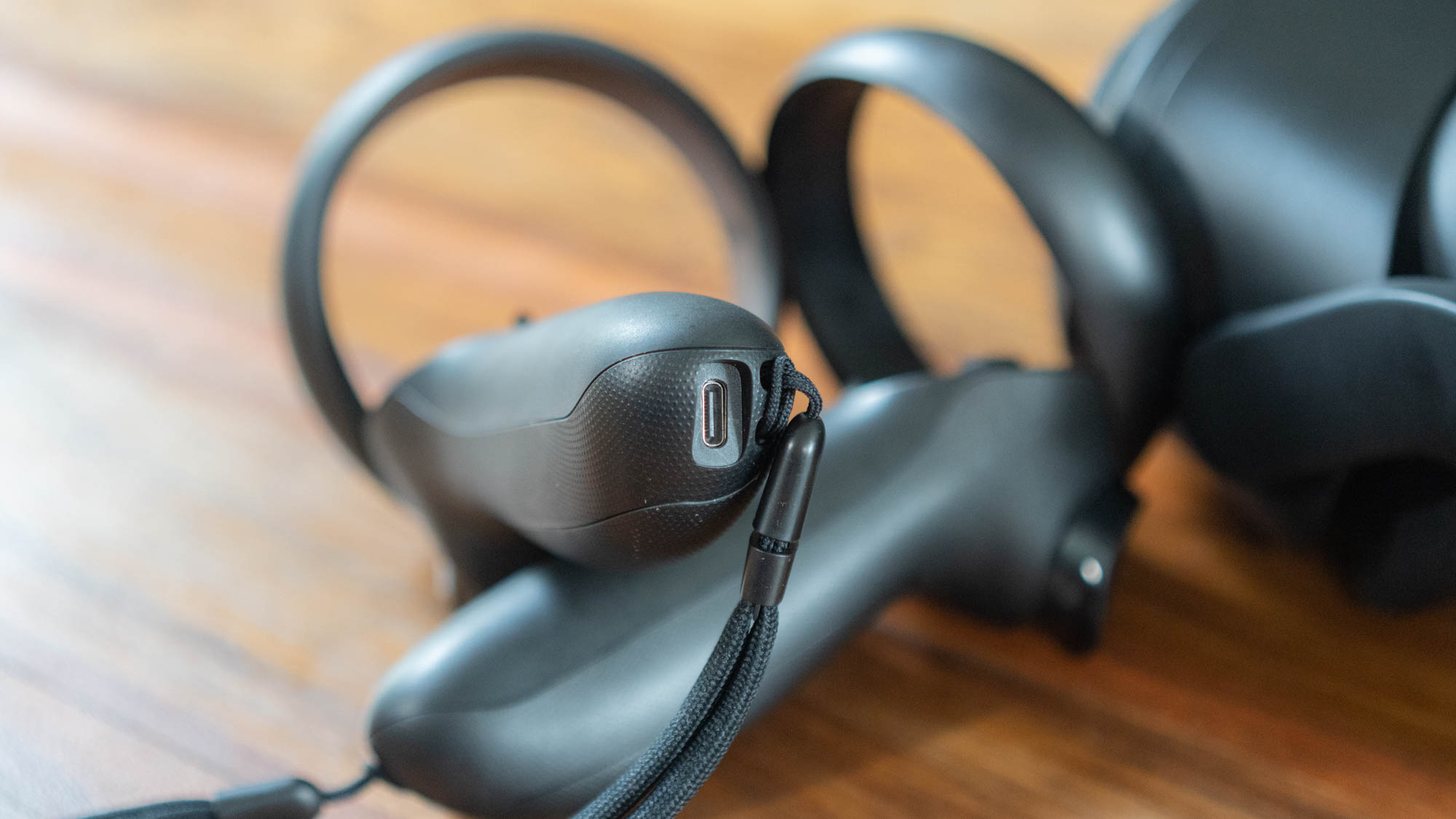
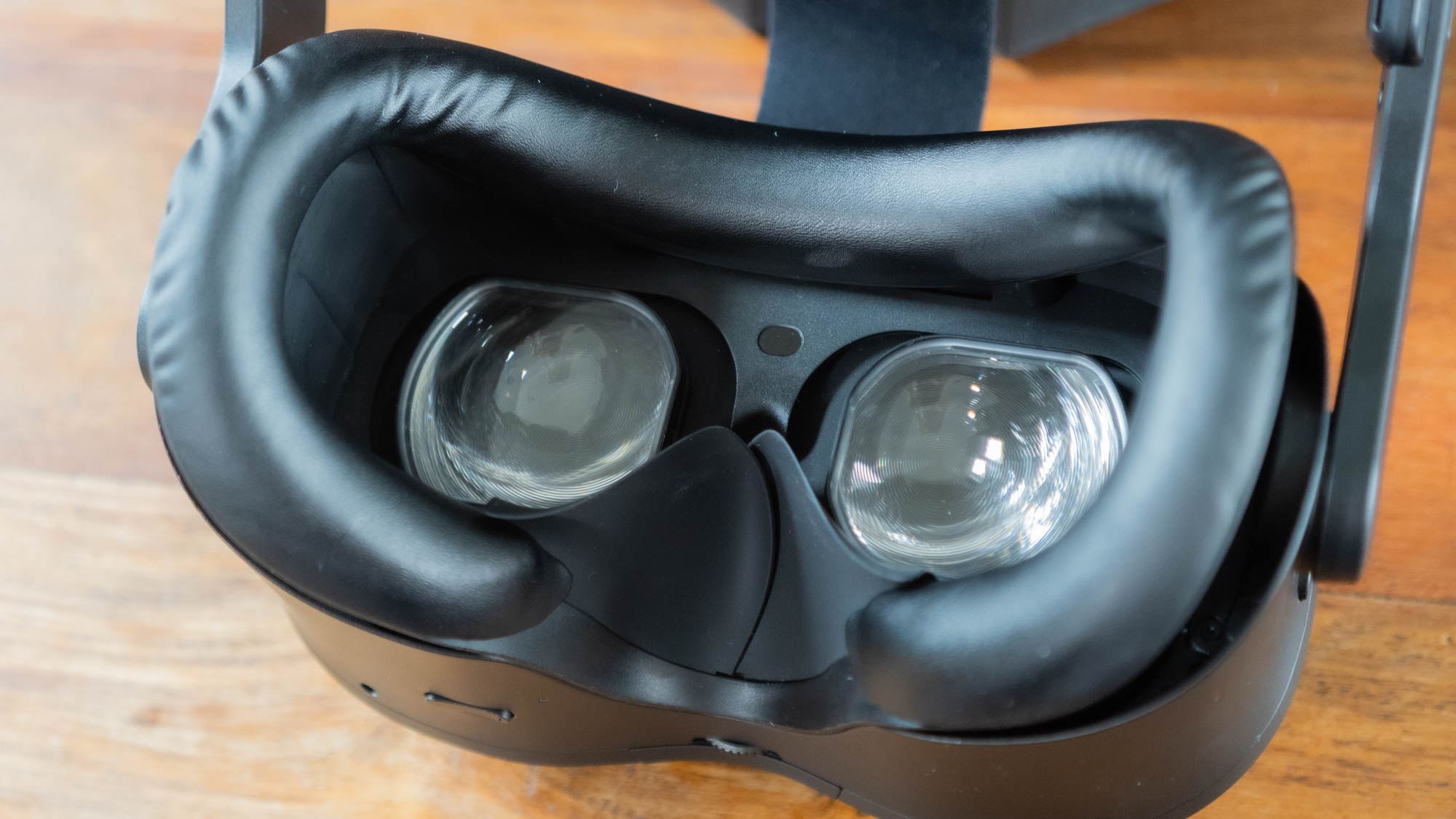
For the past few years, virtual reality technology has been going through a bit of an awkward adolescence. While the first few generations of headsets were initially impressive, the ‘wow factor’ quickly faded and wider adoption has so far been limited by a few key factors. These include awkward setup, a comparatively limited number of apps, and the need to either be tethered to a bulky PC, unless you’re willing to accept a significant drop in performance and quality.
HTC has been doing its level best to change that, however. Unlike Facebook’s Oculus Quest headsets, which have taken a more consumer-friendly approach, HTC’s Vive family has its sights set squarely on the high-end ‘prosumer’ and business market. The latest fruits of its endeavours is the Vive Focus 3, a standalone enterprise VR headset that could very well represent the future of VR as a business tool.
HTC Vive Focus 3 review: Design
The most significant improvements come in the form of the Focus 3’s design. VR headsets – particularly standalone units that require onboard compute hardware – have typically been bulky and uncomfortable affairs, but the Focus 3 bucks this trend somewhat. The visor portion is noticeably more compact than its predecessor, the Vive Focus Plus, for example, and it’s more comfortable to wear for extended periods without getting physically tiring.
It’s much more ergonomically designed overall. This is in spite of the fact that at 785g, it’s actually around 100g heavier than the Focus Plus; the trick is that the weight has been distributed more evenly between the front and back of the headset, via a removable battery pack at the rear which acts as a counterweight.
This is another masterstroke for businesses; when the battery dies, you can swap it out for another fully-charged battery on the fly. This means if you’re doing a long day of demos or workshops, you don’t need to keep pausing to periodically recharge the entire headset.

The gaskets around the edge of the visor are also removable, allowing them to be swapped out and cleaned between users for comfort and hygiene. Both they and the battery packs are magnetically attached, and removing them is simplicity itself. So much so, in fact, that we quite often accidentally knocked them loose when handling the Focus 3 – although since they clip straight back on again, this isn’t really an issue.
The headset itself is easy to get on and off, too, with a quick-release catch at the back to loosen the fit, and an adjustment knob to tighten it, both of which are easy to operate with the headset on. As with all of HTC’s recent headsets, it can be used with glasses, but we did find that it’s easy to over-tighten the fit, which made our spectacles dig uncomfortably into the bridge of our nose.
One more point of importance, albeit purely aesthetic, is that it looks a lot less silly than HTC’s previous headsets. The black colour scheme is not only much more sophisticated than the white Focus Plus, it helps hide the lenses that stud the visor to support its inside-out tracking. While units like the Vive Pro 2 have a vaguely insectile air about them – or, in the case of the Focus Plus, the look of a pair of googly eyes stuck to the front of your visor – the Focus 3 looks appealingly sleek and futuristic.
HTC Vive Focus 3 review: Display
The screen has also seen big improvements. It uses a pair of 2.88in LCD panels, each with a resolution of 2,448 x 2,448. That translates to a 5K resolution across both eyes and on top of that, the field-of-view has been bumped up to 120 degrees, while the refresh rate has gone up to 90Hz. That’s up from 110 degrees and 75Hz, respectively, on the Focus Plus and matches the PC-driven Vive Pro 2 on all but the refresh rate.
Those are some distinctly impressive numbers, and in practice, the screen looks noticeably sharper than previous iterations. In-app text is easier to read, smaller details are easier to pick out and the overall visuals are smoother and more expansive. For practical purposes, this will be a differentiator for anyone wanting to use VR for design or prototyping work, but it also makes using the Focus 3 more pleasant across the board.

HTC Vive Focus 3 review: Specs and performance
Built on Qualcomm’s Snapdragon XR2 platform, the Focus 3 promises impressive performance – and it delivers. The headset can run graphically complex VR apps with no trouble, and we experienced no stuttering, lag or slowdown. That’s partly due to the Focus 3’s active cooling system, which uses a combination of heatpipes and fans to keep the silicon from overheating.
These fans kick in during most operations, but they’re not loud enough to be distracting and work admirably well for maintaining stable performance across the board. Even the PC streaming feature – which we’ll cover in more detail shortly – managed to keep a solid and consistent framerate.
HTC Vive Focus 3 review: Battery life
Of course, all of this performance has to take its toll somewhere, and the battery life isn’t exactly lengthy. After roughly an hour of serious use, we found that the Focus 3 had lost a third of its charge; if you started using it in the morning, we’d be surprised if it lasted past lunchtime.
On the other hand, this isn’t a headset that’s designed for all-day use, and outside of something like a demo experience at an event, you’re unlikely to need that much continual use. Even if you do, the swappable batteries have your back. You’ll have to buy additional batteries and charging cradles separately, but each battery does have a handy indicator that can tell you at a glance how much juice is left without having to put the headset on.
Charging the headset itself is nice and convenient, with a single cable going into the device and it takes less than two hours to fully power the unit. Even better, the Focus 3’s two rechargeable controllers don’t require a separate power socket. The headset comes bundled with a double-headed USB-C cable; one end goes into the USB-C port on the headset’s right-hand side, and the two split ends go into the controllers – both of which also feature LED battery indicators. It’s a clever and convenient solution, and one that we hope more headset manufacturers adopt.

HTC Vive Focus 3 review: Features
The Focus 3 is packed with similar quality-of-life improvements, one of which is the boundary system. If you start to stray outside the defined usage area, you’ll start to see a wireframe boundary; fairly standard stuff, but once you cross the threshold, it uses the passthrough feature (which feeds footage from the external tacking cameras directly to the screen) to effectively create a portal into the real world. It allows you to keep a close eye on your surroundings, which is handy in restricted spaces.
Elsewhere, the audio deserves special mention. The Focus 3 uses open-backed dual-driver speakers built into the headband, as opposed to headphones, and they’re remarkably clear and high-quality. They’re also great at delivering 3D spatial sound for added immersion. Where they really excel, however, is the ‘audio privacy’ feature.
RELATED RESOURCE

The new leadership mindset for data and analytics
How to grow your data and analytics talent, empowering a data culture from the inside out, and more
This is designed to help stop people around you from listening in to whatever may be happening in your virtual environment – a sensitive meeting, perhaps, or some confidential training. It uses the same principle as active noise cancelling on high-end headphones, but turned outwards and works amazingly well; it’s genuinely difficult to hear what’s happening within the headset, even when you’re right next to whoever’s using it with no other background noise.
The biggest issue is still the app store; as with almost all VR platforms, the selection available on the Vive Business App Store is extremely limited, with a few too many gimmicky ‘experiences’ that are more akin to theme park simulator rides than useful business tools. That said, there has been improvement. There’s a handful of genuinely useful enterprise apps on there, including conflict resolution simulations, hazard awareness training, a handful of desktop virtualisation programmes and, of course, HTC’s excellent Vive Sync app.
These improvements don’t extend to the store UI itself though, which is still clunky and awful, and only allows you to browse available apps rather than install them. To do that, you have to head to the web store on a smartphone or PC, find the app you want (and pay for it, in many cases) then put the headset back on, head to your library and download it from there.

It’s an arcane and obtuse process, but fortunately many business users will be able to bypass it, thanks to the management tools that HTC provides alongside the Focus 3. These tools allow IT admins to manage a fleet of headsets, including updating firmware, tracking the locating devices, and updating their firmware. It’s also compatible with third-party Android Enterprise MDM solutions. These management tools can be used to remotely load apps onto the headset, or you can use the built-in microSD card slot to install them, as well as expanding the Focus 3’s storage beyond its 128GB capacity.
If the apps you need to use are PC-based, however, there is another option, which is the PC Streaming app. This essentially uses a PC on your network to host a VR app, and then streams it to your headset, either wirelessly or via a USB-C cable. This works astonishingly well in practice, streaming demanding VR content from our PC to our headset wirelessly over a home network with a minimal amount of stuttering and dropped frames. It’s not ideal for anything requiring absolute precision, but as a method for increasing the Focus 3’s versatility, it’s extremely commendable.
HTC Vive Focus 3 review: Verdict
There’s no question that VR is still a long way away from being a universally applicable technology. While there are an increasing number of use-cases for the hardware – particularly with remote working now firmly entrenched – it’s just not relevant to a large proportion of organisations.
For those that do need it, however, HTC’s Vive Focus 3 is a generational leap forward. The specs and performance are powerful enough to keep up with demanding apps, the display looks breathtaking and for when you need a bit of extra grunt, the PC streaming feature is genuinely astonishing.
What really sets this device apart, however, is the array of smart design choices that HTC has made in its construction. The removable battery packs and gaskets are a stroke of genius, and it’s the most comfortable VR headset we’ve worn by a country mile. Add to that some smart charging features and intelligent noise cancelling, and you’ve got a genuinely transformative package.
It’s not perfect, of course; at over £1,000 before tax, it’s not an investment you’ll be making lightly. Additional battery packs will also cost extra, and considering how polished the actual headset is, the business app store is bafflingly unintuitive. Despite the cost, however, this headset is a must-have for any organisation that’s considering seriously investing in VR technology. Enterprise VR may have started as a bit of a novelty, but it’s certainly not any more.
Get the ITPro daily newsletter
Sign up today and you will receive a free copy of our Future Focus 2025 report - the leading guidance on AI, cybersecurity and other IT challenges as per 700+ senior executives
Adam Shepherd has been a technology journalist since 2015, covering everything from cloud storage and security, to smartphones and servers. Over the course of his career, he’s seen the spread of 5G, the growing ubiquity of wireless devices, and the start of the connected revolution. He’s also been to more trade shows and technology conferences than he cares to count.
Adam is an avid follower of the latest hardware innovations, and he is never happier than when tinkering with complex network configurations, or exploring a new Linux distro. He was also previously a co-host on the ITPro Podcast, where he was often found ranting about his love of strange gadgets, his disdain for Windows Mobile, and everything in between.
You can find Adam tweeting about enterprise technology (or more often bad jokes) @AdamShepherUK.
-
 Layoffs loom for underskilled tech workers and poor performers – but there's light on the horizon for those willing to upskill
Layoffs loom for underskilled tech workers and poor performers – but there's light on the horizon for those willing to upskillNews Tech hiring managers expect to make layoffs in the coming months, with roles ripe for automation and workers with outdated skills the most likely to be cut.
By Emma Woollacott Published
-
 Executives think AI can supercharge cybersecurity teams – analysts aren’t convinced
Executives think AI can supercharge cybersecurity teams – analysts aren’t convincedNews As organizations adopt AI, frontline cybersecurity workers are worried AI will reduce job security and increase their manual workload
By Rory Bathgate Published
-
 Software deployments are plagued by delays: Rampant skills shortages and underinvestment are slowing down processes – and it’s costing businesses big
Software deployments are plagued by delays: Rampant skills shortages and underinvestment are slowing down processes – and it’s costing businesses bigNews UK software deployments are running an average of four months beyond schedule, new research shows, with delays affecting more than eight-in-ten businesses.
By Emma Woollacott Published